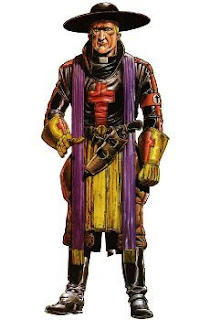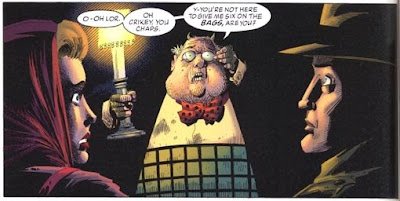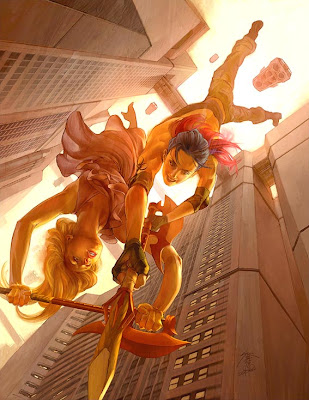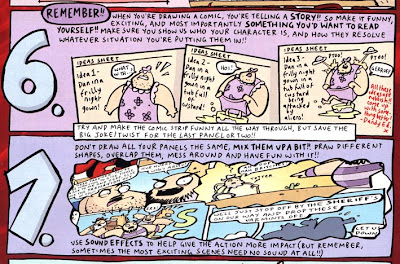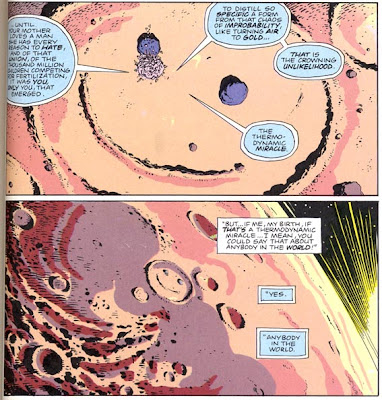
I’m not remotely competent to weigh in to the argument about BookScan sales figures begun by Brian Hibbs in
this “Tilting at Windmills” column. But one sentence switched my mental points on to another track.
Brian wrote, “As a periodical comic book, the first issue of Buffy seems to have sold at least 158,437 copies.” That figure is icv2’s estimate of sales in the direct market (comic shops) in North America, as supplied by Diamond Comic Distributors. Now, that caught my eye, because
Doctor Who Online reported this on 14 February:
Doctor Who Adventures Magazine holds onto its place as #1 Children's Magazine [in the UK]. The latest ABC figures show that the magazine's circulation achieved 154,989 from July-December 2007. This is up 44.1% compared to the same period in 2006, where the magazine's circulation was a respectable 107,577.So, very similar numbers, then. Except that the UK is a lot smaller than North America. Using UN estimates, the population of the UK is a little over 60 million, that of the USA about 306 million, with Canada adding another 33 million; taken together, about five and a half times the size. In addition,
Doctor Who Adventures was published every two weeks in the period measured (it has since gone up to weekly), whereas
Buffy the Vampire Slayer was monthly, with slippage, and later issues sold fewer copies.
So, relatively speaking, the best-selling media-tie-in comic in the UK last year sold at least eleven times better than the best-selling media-tie-in comic in North America. Those sales were mostly to children, through non-specialist shops such as newsagents and supermarkets, the market that North American publishers have largely given up in favour of notional adults like me who go to comics shops.
Of course, this isn’t an entirely fair comparison.
Doctor Who is currently quite preposterously popular over here. The Christmas episode had the second largest audience of any television programme broadcast in the UK in 2007, while the series as a whole made the top ten for the year.
Buffy, on the other hand, was always a marginal show on a minority network, and there have been no new episodes since 2003. So its comic incarnation can hardly be expected to sell as well. We need something that is about equally popular in both countries.
How about
The Simpsons comics? The
latest figures I have found for the UK edition are from 2006, and show it selling an average of 134, 631 copies every four weeks*. Does the American edition shift the 740,000 copies a month that it would need to match up?
*
Update 9 March Average circulation 133,086 copies in July-December 2007, according to the ABC (Audit Bureau of Circulations) figures just posted by
Steve Holland.
PanelsDoctor Who “Hot Metal” Part 2, script by Christopher Cooper, art by John Ross, colours by Alan Craddock, letters by Paul Vyse,
Doctor Who Adventures issue 49, BBC Magazines, 31 January-6 February 2008


